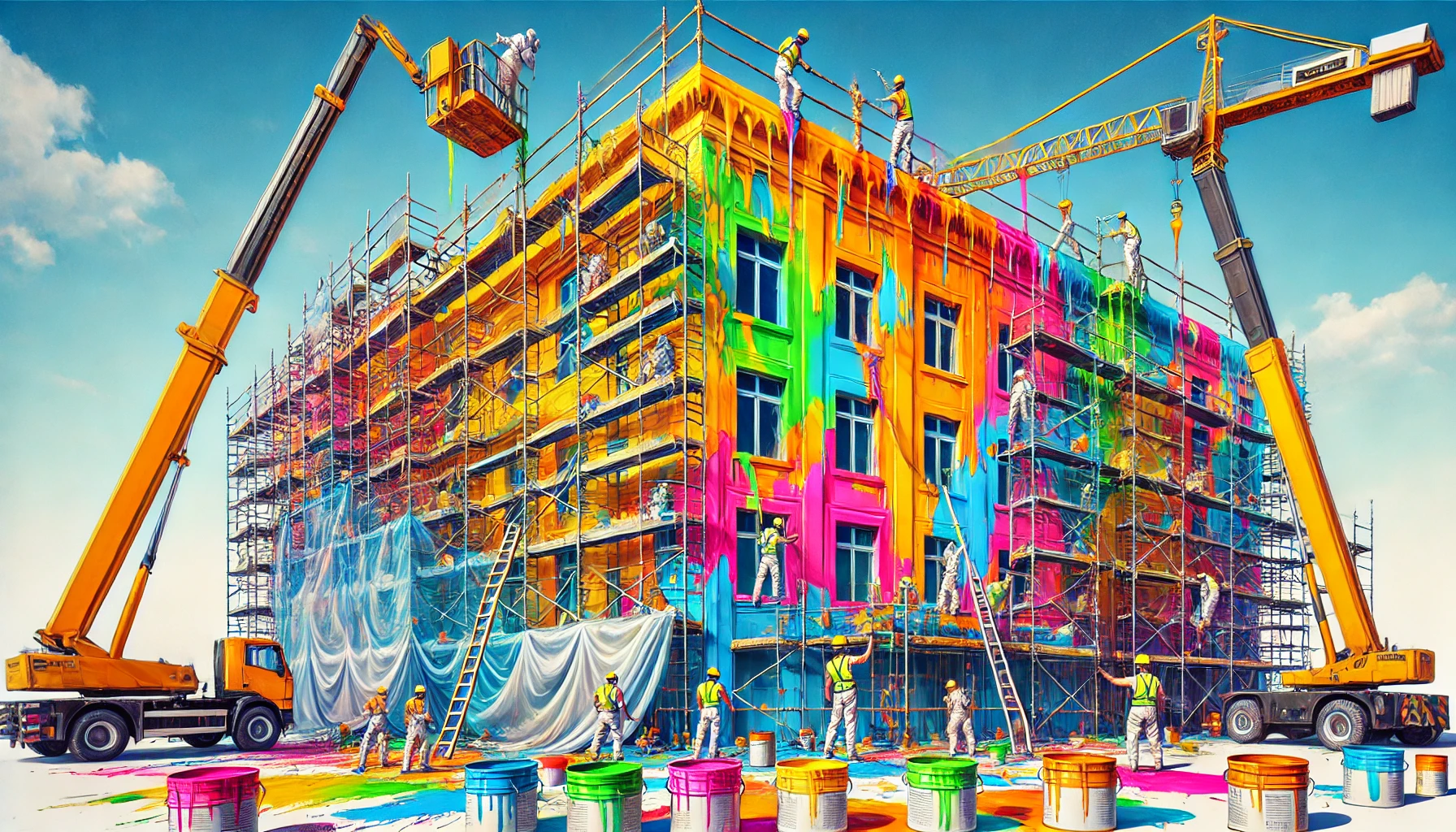The Art and Science of Painting: A Comprehensive Guide
Painting is a versatile and expressive art form that allows us to capture emotions, create visual stories, and transform spaces. Whether you're a seasoned artist or a beginner looking to explore your creative side, understanding the fundamentals of painting is essential. This blog post will delve into the various aspects of painting, from choosing the right materials to mastering different techniques.

(Replace "placeholder-painting-image.jpg" with an actual image URL)
1. Choosing Your Materials: A Painter's Toolkit
The right materials can make a significant difference in your painting experience and the final outcome:
- Paints: Understanding different types of paints, such as acrylic, oil, watercolor, and gouache.
- Brushes: Selecting brushes with various shapes and sizes for different techniques.
- Canvas or Paper: Choosing the right surface, whether it's canvas, paper, or wood.
- Palette: Using a palette to mix and organize your paints.
- Mediums and Solvents: Exploring mediums and solvents to modify the consistency and drying time of paints.
Experiment with different materials to find what works best for your style.
2. Understanding Color Theory: The Language of Hue
Color theory is the foundation of creating visually appealing paintings:
- Primary, Secondary, and Tertiary Colors: Understanding the color wheel and how colors relate to each other.
- Hue, Saturation, and Value: Exploring the properties of color and how they affect the overall composition.
- Color Harmony: Learning about different color schemes, such as complementary, analogous, and monochromatic.
- Mixing Colors: Mastering the art of mixing colors to achieve the desired shades and tones.
- Warm and Cool Colors: Understanding how warm and cool colors create different moods and effects.
A strong understanding of color theory will elevate your painting skills.
3. Mastering Painting Techniques: From Basic to Advanced
Different painting techniques can create diverse textures and effects:
- Layering: Building up layers of paint to create depth and dimension.
- Blending: Smoothly transitioning between colors to create seamless gradients.
- Impasto: Applying thick layers of paint to create textured surfaces.
- Glazing: Applying thin, transparent layers of paint to create luminous effects.
- Dry Brushing: Using a dry brush with minimal paint to create textured strokes.
Practice different techniques to expand your artistic repertoire.
4. Composition and Perspective: Creating Visual Depth
Composition and perspective are essential for creating visually engaging paintings:
- Rule of Thirds: Using the rule of thirds to create balanced compositions.
- Leading Lines: Using leading lines to guide the viewer's eye through the painting.
- Perspective: Understanding linear and atmospheric perspective to create depth.
- Focal Point: Establishing a focal point to draw the viewer's attention.
- Negative Space: Utilizing negative space to enhance the composition.
5. Finding Your Style and Inspiration: The Artist's Journey
Developing your unique style and finding inspiration is a continuous process:
- Experimenting: Trying different subjects, techniques, and styles.
- Studying Other Artists: Learning from the works of master painters.
- Finding Inspiration in Everyday Life: Observing the world around you and finding beauty in the ordinary.
- Keeping a Sketchbook: Sketching regularly to develop your drawing skills and explore ideas.
- Embracing Mistakes: Learning from mistakes and using them as opportunities for growth.
Your artistic journey is unique to you. Embrace it and enjoy the process.
Painting is a rewarding and transformative art form that allows you to express your creativity and connect with the world around you. By understanding the fundamentals of painting and practicing regularly, you can develop your skills and create beautiful works of art. If you have any questions or need further guidance, don't hesitate to reach out!
